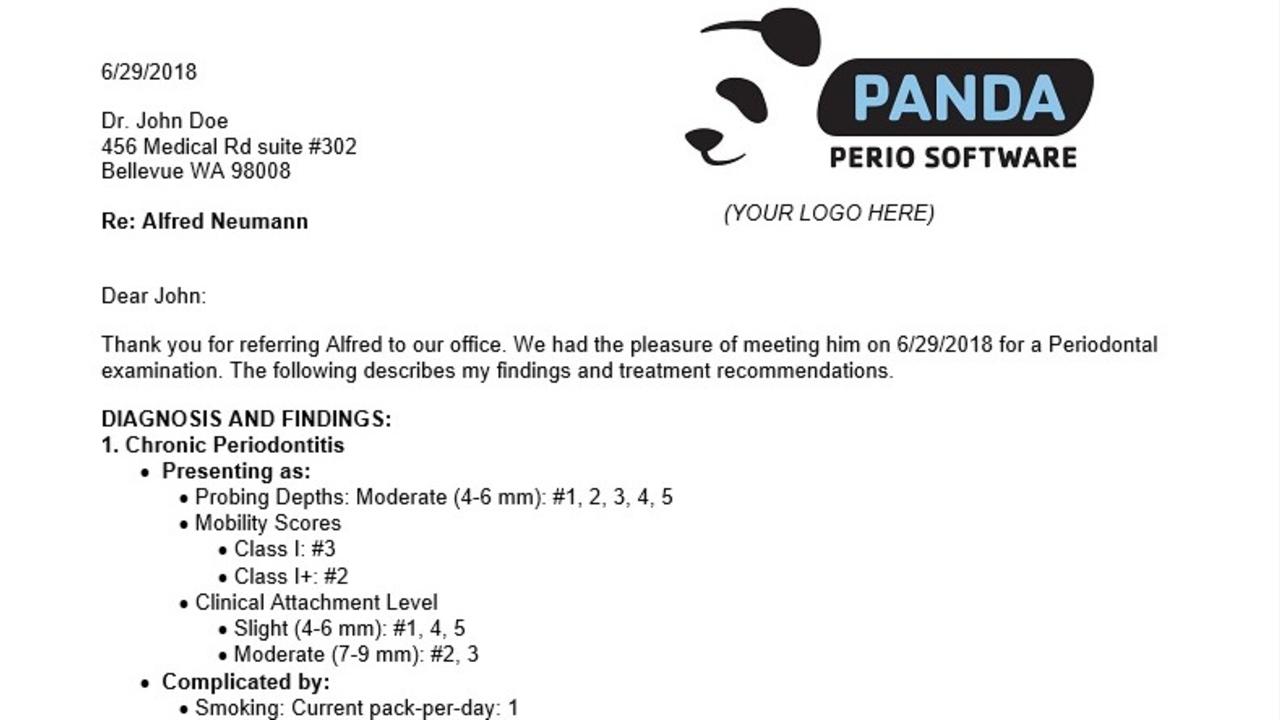4 Things Periodontist's Must Do to Earn More Referrals

Referrals are the lifeblood of periodontal practices. We recently talked about practical ways to build relationships with general dentists to earn referral business, starting with the importance of establishing trust.
Making a referral isn’t a decision dentist's and doctor's take lightly. Their own reputation is on the line, and referrals often serve as an extension of their own practice.
Explore these four things periodontists can offer dentists and physicians to build trust and strengthen your referral business:
An Under-Promise and Over-Delivery Mentality
Even with good intentions, periodontists shouldn’t make claims they can’t fully guarantee. When speaking about your practice or how you handle referred patients, it’s always better to under promise and over deliver in order to build faith and maintain trust.
Faster Communication and Inclusion in the Treatment Process
Most periodontists spend a full workday drafting correspondence letters. Preparation alone can take two w...
How Periodontists Can Prepare Themselves for the 2017 World Workshop Changes on the Classification of Periodontal and Peri-Implant Diseases and Conditions

Are you aware of the new classifications of periodontal and peri-implant diseases and conditions?
The American Academy for Periodontology recently released several changes to periodontal diagnosis, and these changes will affect the patient services and care you provide.
AAP Changes in Periodontal Disease Diagnosis
The recent update to the classification for peri-implant disease and conditions is a comprehensive effort that periodontists haven’t seen the likes of in almost 20 years. All of the following have been affected, at least in part, by the recent restructuring:
- Acute periodontal conditions
- Endo-periodontal lesion
- Necrotizing gingivitis
- Necrotizing periodontitis
- Periodontal abscess
- Periodontal disease
- Periodontitis
- Periodontal classification
- Gingivitis
- Peri-implant mucositis
- Peri-implantitis
- Peri-implant tissues
- Case definition
- Hard tissue deficiencies
- Soft tissue deficiencies
As a result, periodontitis is no longer classified as chronic or aggressive, b...
The 2 Most Commonly Forgotten Components of Periodontal Diagnosis in the Practice

When you’re exploring diagnoses for a patient, you look for certain things, like probing depth, clinical attachment level, and bleeding on probing. The signs you identify lead you to a periodontal diagnosis, at which point you can explore treatment options.
But whatever steps you take to reach a diagnosis, there are two key components to the process that are often left unaddressed - and they’re both critical to your success and the eventual outcome for your patients:
#1 - A Systematized Approach to Diagnosis
Despite our growing understanding of periodontal diseases, traditional clinical parameters are largely responsible for an accurate and thorough diagnosis. Only then will you be able to provide the expected level of treatment and care to your patients.
However, the actual methods for diagnosis can vary between provider, even within the same practice. Many providers lack a systematized way of approaching diagnosis, in part because they can often make certain connections without...

